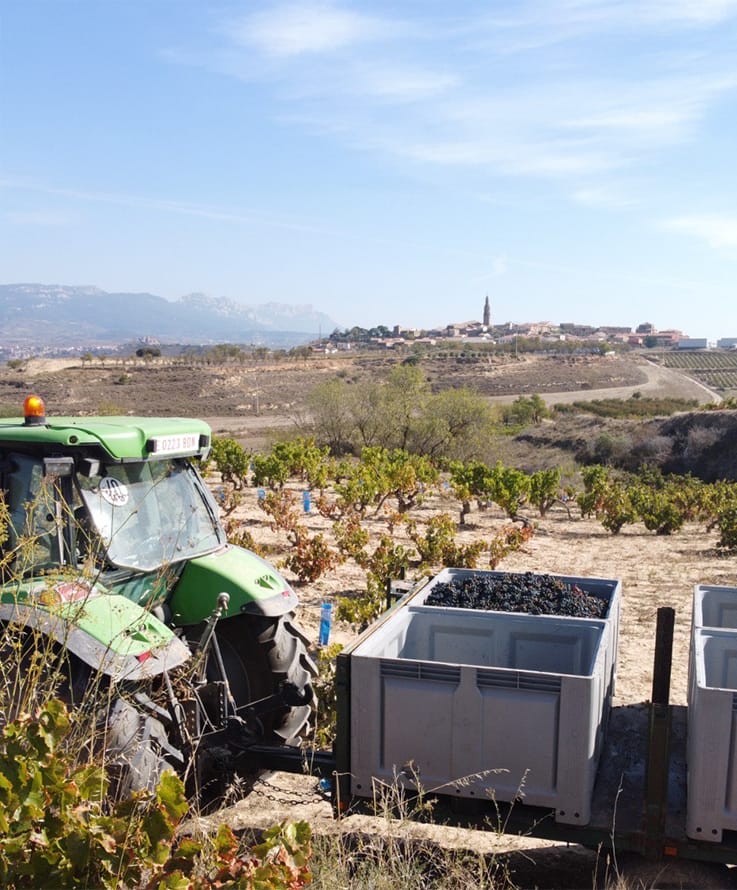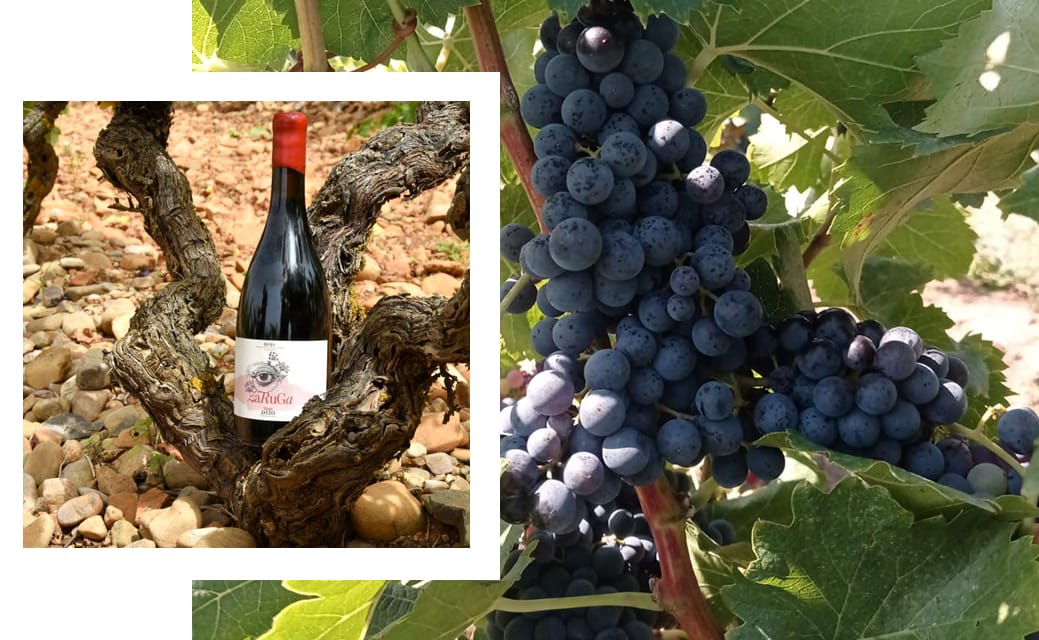Your basket is currently empty!
Elaboration
Red Zaruga
ELABORAtion
Hand
made
As an artisan producer, I carry out the harvest manually, making an initial selection of bunches in the vineyard itself, and transport the grapes to the winery in 300-kilo capacity bins so they arrive in perfect condition.
I then carry out a manual selection to eliminate any irregularities, and then they are placed in fermentation tanks, distinguishing by grape variety—Tempranillo, Garnacha, and Mazuelo—to ferment individually.
The initial fermentation, or alcoholic fermentation, is a natural process in which the grape sugar slowly transforms into alcohol, and where the contact of the must with the skins provides substances that give it color and aroma.

Fermentation
12 months
in barrels
Once alcoholic fermentation is complete, the wine will undergo a second, or naturally occurring, fermentation, after which it begins barrel aging for 12 months. It will rest in our cellar, where the temperature is cool and constant, in 225-liter French and American oak barrels. It is a slow process, in which the wood pores contribute to the development of the wine’s aroma. This process is facilitated by manual racking, which eliminates impurities and naturally oxygenates the wine, allowing me to monitor each barrel individually.
bottle resting
In the cellar
12 more months
Once the alcoholic fermentation is complete, and also naturally, the wine will undergo a second fermentation, or manolactic fermentation, after which the wine begins barrel aging for 12 months. It will rest in our cellar, where the temperature is cool and constant, in 225-liter French and American oak barrels. It is a slow process, in which the pores of the wood contribute to the development of the wine’s aroma. This process is facilitated by manual racking, which eliminates impurities and naturally oxygenates the wine, and thus I monitor each barrel individually.
Once the red wine is aged, and before bottling, I clarify it traditionally and blend it with 70% Tempranillo and 15% Garnacha and Mazuelo.
I then bottle the wine, and it remains in the cellar for another 12 months. During this time, the wine ages in the bottle and develops its bouquet, so that the consumer can enjoy it from the moment it’s released, with a life ahead of it to improve for many years to come.
Family vineyards
The vines are old vines, arranged in a goblet shape, located in the town of Briones, at an altitude of 450 metres, between two mountain ranges: the Sierra de Cantabria to the north and the Sierra de la Demanda to the south, a mountainous barrier crossed by the Ebro River, creating a continental climate with an Atlantic influence that favours its cultivation.
